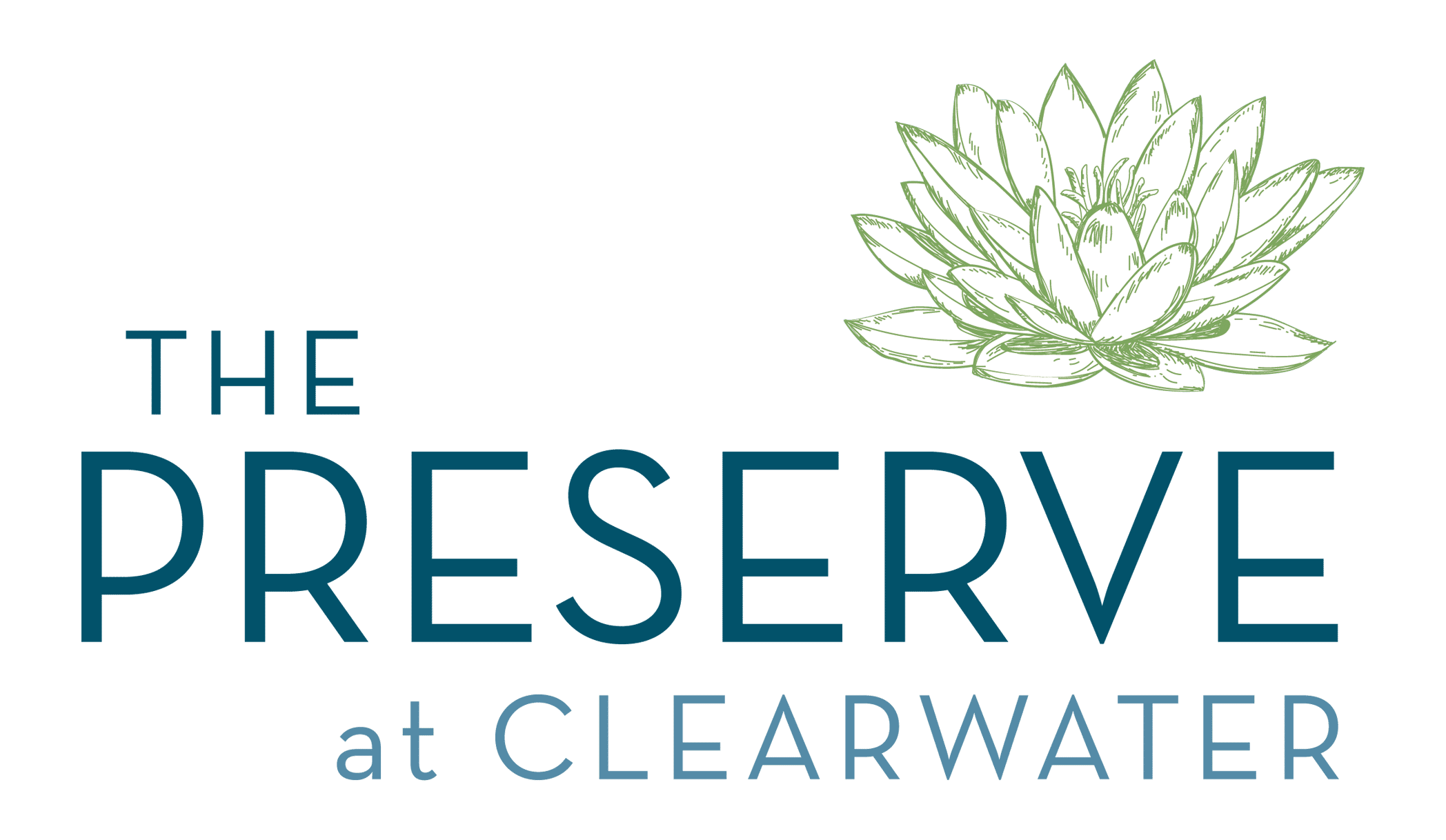Visitation Policy
In-Person Visitation Policy
Updated June 2023
I. Purpose
In-Person Visitation bill has been signed into law, creating section 408.823, Florida Statutes, which requires the community to establish visitation policies and procedures.
II. Policy
The following are the procedures to be followed by all visitors and the expectations. These procedures will be administered equally to all residents that request to have visitation, without regard to race, color, religion, sex (including gender identity and transgender status), age, national origin, disability, or veteran status.
The Preserve will allow each resident to visit with any person of his or her choice, at any time between the hours of 9 am – 9 pm at a minimum. Upon request, the community shall make provisions to extend visiting hours for caregivers and out-of-town guests, and in other similar situations.
A resident may designate a visitor who is a family member, friend, guardian, or other individual as an essential caregiver. The community shall allow in-person visitation by a resident’s essential caregiver for at least 2 hours daily in addition to any other visitation authorized by the community. The community may not require an essential caregiver to provide necessary care to a resident.
There is no restriction on the permissible length of visits or number of visitors, except that the community will not allow the legally prescribed maximum building occupancy load to be exceeded.
Consensual physical contact between a resident and his or her visitor is allowed.
III. Procedures for visitation.
1.The community will provide the Agency for Health Care Administration (AHCA) with a copy of the community’s visitation policy and procedure, with the initial licensure application, renewal application and/or change of ownership application.
2. The visitation policy and procedure is available on The Preserve at Clearwater’s website.
3. The Community Wellness Director will oversee the staff’s adherence to visitation policies and provide ongoing infection prevention and control training for visitors as needed.
4. The Preserve will:
a. Provide outdoor visitation spaces that are protected from weather elements, such as porches, courtyards, patios, or other covered areas that are protected from heat and sun, with cooling devices, if needed.
b. Provide indoor visitation spaces for residents in common areas or in private resident areas as appropriate.
5. Residents are allowed in-person visitation in all the following circumstances, unless the resident objects:
a.) End-of-life situations.
b.) A resident who was living with family before being admitted to the provider's care is struggling with the change in environment and lack of in-person family support.
c.) The resident is making one or more major medical decisions.
d.) A resident is experiencing emotional distress or grieving the loss of a friend or family member who recently died.
e.) A resident needs cueing or encouragement to eat or drink which was previously provided by a family member or caregiver.
f.) A resident who used to talk and interact with others is seldom speaking.
6. All visitors will be screened and checked into the community upon arrival. Check out when leaving and an electronic log will be maintained.
7. The policy will NOT prohibit visitation, if the specific resident to be visited is quarantined, tested positive, or showing symptoms of a communicable disease. Visits in these circumstances may require a higher level of PPE than standard surgical masks.
8. Visitors must wear Personal Protective Equipment (PPE) per community’s Infection Control Policies when required. The PPE required must be consistent with the most recent CDC guidance for healthcare workers. The visitors shall wear the same PPE that staff wear to provide care or services to that resident.
9. Visitors shall not be required to submit proof of any vaccination or immunization.
10. The resident (or their representative) will read and sign this policy to acknowledge that the resident represents that all his or her visitors will abide by this policy or be subject to suspension from the community.
IV. When a visitor is scheduled to visit, the community will:
1. All visitors will be checked in and screened upon entry for communicable disease. if the visitor fails the screening, the visitor will not be allowed entry.
2. The community will ensure that the caregiver visitor has appropriate PPE if applicable.
3. The community will monitor the visitor’s adherence to policies and procedures.
4. If a visitor fails to follow the community’s infection prevention and control requirements, after attempting to mitigate concerns, the community shall restrict or revoke visitation.
5. If a visitor is combative, violent, threatening, or otherwise deemed to be engaging in dangerous or criminal activity in the reasonable judgment of the community, then after attempting to mitigate concerns, the community shall restrict or revoke visitation.

